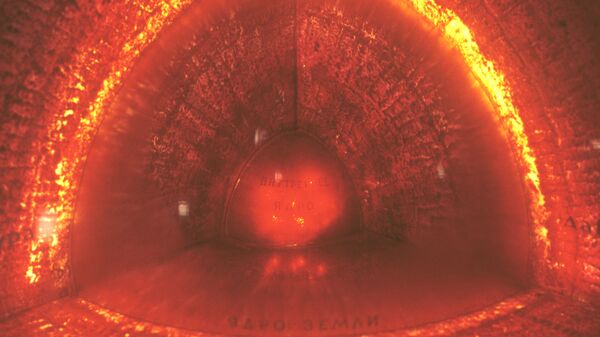Geologists have discovered a previously-obscure volcano-spawning mechanism which led to the creation of the Bermuda Islands.
The islands are known to sit atop a long-extinct volcanic seamount, and the emergence of Bermuda has been associated with the upwelling of super-hot material in the Earth's mantle, as was the case with many other volcanic islands, including Hawaii and Easter Island.
"We were expecting our data to show the volcano was a mantle plume formation − an upwelling from the deeper mantle − just like it is in Hawaii," said senior author Esteban Gazel.
However, the new discovery points out that Bermuda literally has much deeper roots.
Cornell University scientists analysing lava core samples detected never-seen-before isotopic compositions. They established that the isotopes came from the transition zone, a layer rich in water, crystals and melted rock located between the lower mantle and the upper mantle at a depth of 410 to 660 km.
This zone contains a mind-blowing amount of water locked up in minerals — about just as much as our oceans.
"I first suspected that Bermuda's volcanic past was special as I sampled the core and noticed the diverse textures and mineralogy preserved in the different lava flows," said co-author Sarah Maza of the University of Munster. "We quickly confirmed extreme enrichments in trace element compositions. It was exciting going over our first results… the mysteries of Bermuda started to unfold."
This appears to be the first direct evidence indicating that volcanos can form much farther below than previously thought — and there is a possibility that Bermuda is not the only archipelago that was "born" in the transition zone.
"We found a new way to make volcanoes. This is the first time we found a clear indication from the transition zone deep in the Earth's mantle that volcanoes can form this way," noted Gazel.
READ MORE: Japan Raises Volcanic Alert for Mount Hakone in Popular Resort Area Near Tokyo


